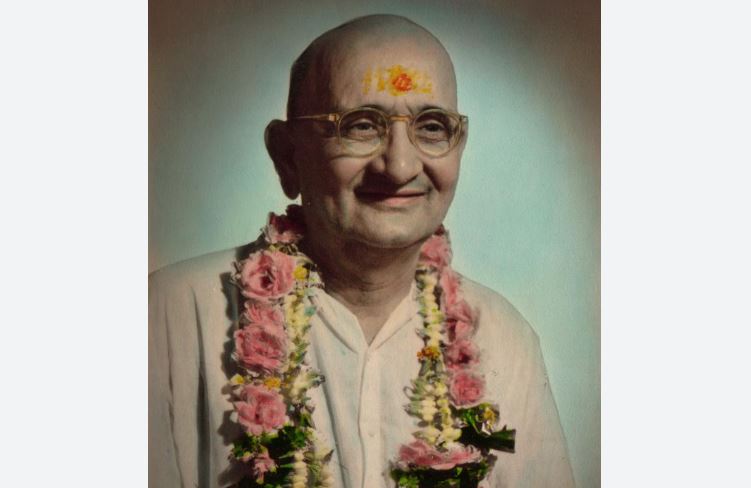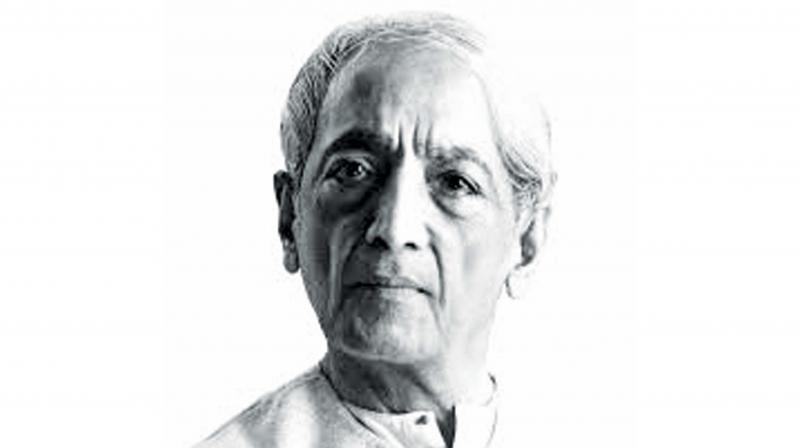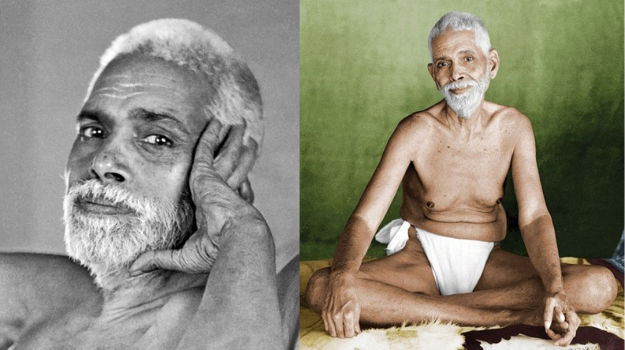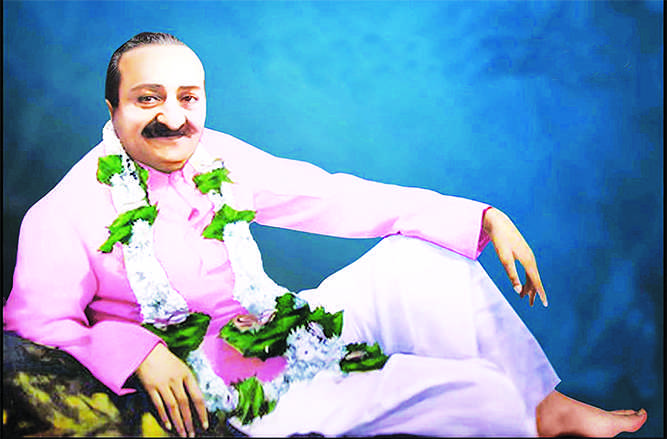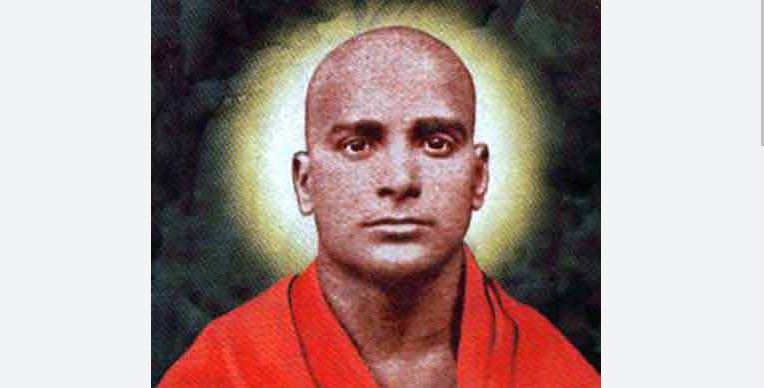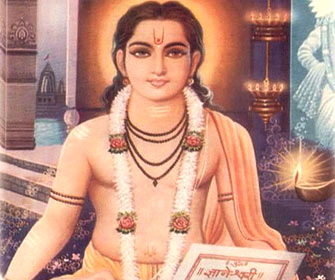 The Guru makes no distinction between the worship per and the worshipped – to such an extent that he does not permit even the worshipper to remain as a separate entity.
The Guru makes no distinction between the worship per and the worshipped – to such an extent that he does not permit even the worshipper to remain as a separate entity.
When one end of a loosely tied Dhoti (a length of cloth worn by a Hindu male) is pulled, the rest of it also comes loose; when the mirror is taken away, the reflection of the object in it also disappears – similarly, the Guru removes the individuality of both the worshipper and the object of his worship.
Where it is futile to try to get a glimpse of the face, of what use is eyesight? Sitting at the Master’s feet is all that can be done (by way of effort).
The flame that is created by the combination of oil and the wick cannot compare with the light that arises when a piece of camphor is burnt.
When the camphor and the fire are brought together, both eventually disappear.
A person sees his wife in dream, but when he wakes up, both the dream and the wife disappear. Similarly, when I meditate upon the real nature of my Guru, both the worshipper and the worshipped get merged in each other and all duality disappears.
Therefore, I bow down to my Guru, setting aside all ideas of duality, including these words themselves which also can arise only in duality.
The Guru’s love is so wonderful, so mysterious, that even when he is beyond the parameters of any inter-related opposites, he uses a persona of duality to express his love. Without any apparent relationship, the Guru brings about the Guru-disciple relationship, and yet retains his unicity.
The Guru-Noumenon who is the background against which is seen the infinite space that enfolds the entire universe, suffers the darkness of absence.
The ocean is the support of the addition of water (through the rivers) as well as its depletion through evaporation; so also the Guru-Noumenon is the repository of opposites.
Light and darkness are opposites, yet the sun, being light itself, knows not either darkness or non-darkness.
In that state where even the word “one” is inadequate, can there exist multiplicity?
Therefore in the word “Guru” is implicit both the “Guru” and the “disciple”.
Just as gold and the gold ornament are both gold, or the moon and the moonlight are both the moon; or the camphor and its fragrance, or the sugar and its sweetness are one; so also the Guru and the disciple are two aspects of the Guru himself.
Mirror projects the reflection of a face, but the reflection is never identified as the original face.
If a man should fall asleep in an unfrequented forest, when he wakes up he himself is the one who woke up and also the one who awakened him. So also, it is the Guru who instructs and the Guru who is instructed through this apparent duality of Guru and disciple.
The apperception of this unity in diversity is not possible for those who need a mirror to see their own eyes. The Guru gives such knowledge by which the disciple can see his own eye without the aid of a mirror.
Verses 47-69 excerpted from Chapter ‘Homage to the Guru’ in Amritanubhav, translated by Ramesh Balsekar.
Sant Gyaneshwar

